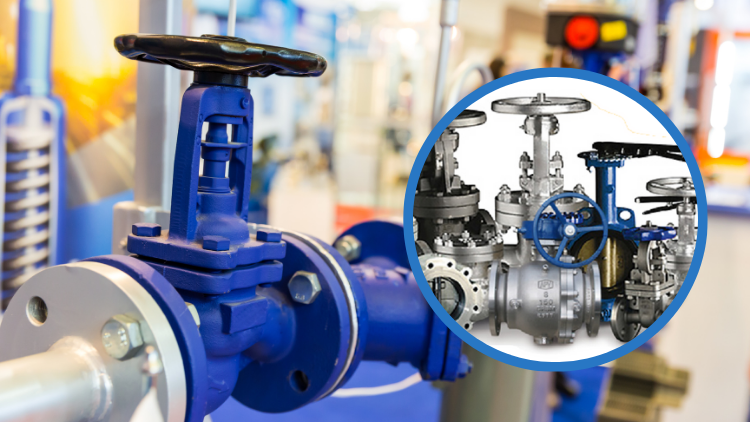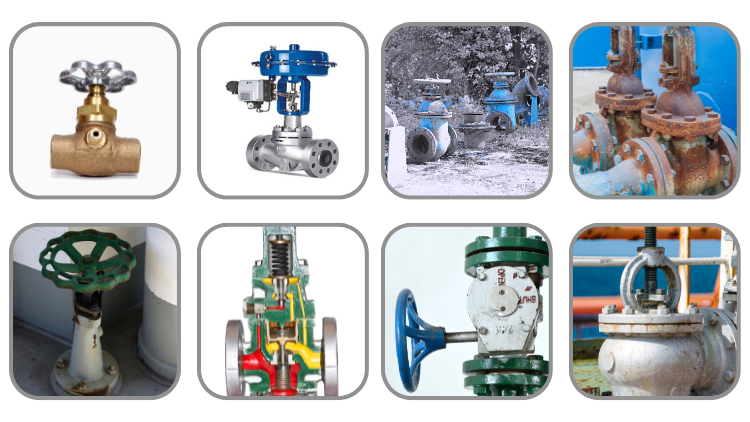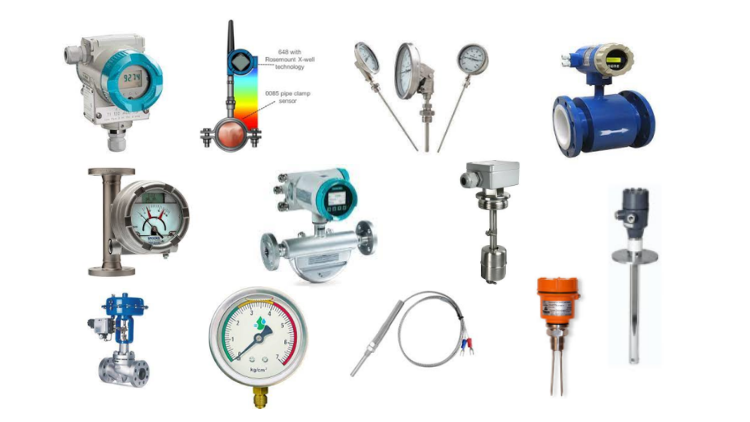Field Instrumentation Material Requisition: Types, Selection & Datasheets
Understanding Field Instrumentation Material Requisition is a must for every instrumentation engineer. Whether you’re working in oil and gas, chemical, power, or any industrial sector, selecting the right instruments and preparing proper documentation is key to successful project execution. This blog explains the working principles, selection criteria, sizing, datasheets, and vendor coordination involved in requisitioning field instruments.
Table of Contents
Working Principle of Field Instruments
Every field instrument works on a specific working principle to measure variables like flow, level, pressure, or temperature. For example, a flow meter may use electromagnetic or ultrasonic technology, while a pressure transmitter might use piezoelectric sensors.
Understanding these principles helps engineers choose the right instrument for the process. It also ensures that the device performs accurately under different operating conditions. In Field Instrumentation Material Requisition, knowing how each instrument works is the first step toward proper selection and installation.
- Flow meters: measure fluid movement using velocity or pressure
- Level transmitters: detect liquid height using radar or ultrasonic waves
- Pressure instruments: sense force per unit area using sensors
- Temperature devices: use thermocouples or RTDs to detect heat

Instrument Selection in Field Instrumentation Material Requisition
Instrument selection depends on process needs, accuracy, environment, and safety. Engineers must consider factors like fluid type, operating pressure, temperature range, and installation location. For example, corrosive fluids may need instruments with special coatings or materials.
In Field Instrumentation Material Requisition, selecting the right instrument avoids future problems like inaccurate readings or frequent breakdowns. It also ensures compliance with industry standards and client specifications.
- Match instrument type with process variable
- Consider environmental conditions (humidity, dust, vibration)
- Choose based on accuracy and response time
- Ensure compatibility with control systems
Instrument Sizing for Reliable Performance
Sizing is a critical part of Field Instrumentation Material Requisition. If an instrument is too small, it may not handle the process load. If it’s too large, it may be expensive and inefficient. Proper sizing ensures reliable performance and long life.
Sizing involves checking flow rates, pipe diameters, pressure ranges, and other process parameters. Engineers use formulas and datasheets to calculate the correct size. This step helps avoid overdesign and underperformance.
- Use process data to calculate instrument size
- Avoid oversizing to reduce cost and complexity
- Prevent undersizing to ensure safety and accuracy
- Refer to vendor charts and engineering tools
Material Selection for Field Instruments

Material selection is important for durability and safety. Instruments must resist corrosion, pressure, and temperature based on the process fluid. For example, stainless steel may be suitable for water, but not for strong acids.
In Field Instrumentation Material Requisition, choosing the right material ensures long-term reliability. It also reduces maintenance and replacement costs. Engineers must check chemical compatibility and mechanical strength before finalizing materials.
- Select materials based on fluid type and temperature
- Use corrosion-resistant alloys for harsh environments
- Consider mechanical stress and pressure ratings
- Follow client and industry standards
Engineering Calculation of Field Instruments
Engineering calculations validate the selection and sizing of instruments. These include flow equations, pressure drop analysis, and temperature compensation formulas. Calculations help confirm that the instrument will work as expected in real conditions.
In Field Instrumentation Material Requisition, calculations are documented and reviewed by senior engineers. They also support technical discussions with vendors and clients. Accurate calculations reduce errors and improve design quality.
- Perform flow, pressure, and temperature calculations
- Use standard formulas and software tools
- Document results for review and approval
- Support technical decisions and vendor discussions
Technical Datasheet for Field Instruments

A technical datasheet summarizes all specifications of an instrument. It includes process conditions, material, size, accuracy, and installation details. Datasheets are shared with vendors for quotation and manufacturing.
In Field Instrumentation Material Requisition, datasheets act as a reference for procurement and installation. They also help in comparing vendor offers and checking compliance. A well-prepared datasheet saves time and avoids confusion.
- Include all technical parameters and process data
- Mention material, size, and accuracy clearly
- Use standard formats like ISA or client templates
- Share with vendors for quotation and review
Instrument Specification in Field Instrumentation Material Requisition
A specification defines the features, standards, and performance criteria of an instrument. It includes details like operating range, signal type, mounting style, and certifications. Specifications ensure that the instrument meets project and safety requirements.
In Field Instrumentation Material Requisition, specifications are used to evaluate vendor offers and finalize procurement. They also help in installation and commissioning. Clear specifications reduce errors and improve project quality.
- Define operating range and signal type
- Mention mounting and installation details
- Include certifications and compliance standards
- Use specifications for vendor evaluation
Technical Quotation from Vendors
A technical quotation is the vendor’s response to the datasheet and specifications. It includes price, delivery time, warranty, and compliance details. Engineers review quotations to select the best option.
In Field Instrumentation Material Requisition, comparing quotations helps balance cost and quality. It also supports commercial decisions and budgeting. Engineers must check if the offer matches the technical requirements.
- Review price and delivery terms
- Check compliance with datasheet and specs
- Compare multiple offers for best value
- Support procurement and budgeting
General Arrangement Drawings in Field Instrumentation Material Requisition
General Arrangement Drawings (GADs) show the physical layout and installation of instruments. They include dimensions, mounting points, cable routing, and access areas. GADs help technicians during installation and maintenance.
In Field Instrumentation Material Requisition, GADs are reviewed by multiple departments. They ensure that instruments fit properly and do not clash with other equipment. Accurate drawings improve site execution and safety.
- Show instrument layout and mounting details
- Include cable routing and access points
- Avoid clashes with other systems
- Support installation and maintenance
Testing and Certification of Field Instruments
Testing and certification ensure that instruments meet quality and safety standards. Testing includes calibration, pressure checks, and functional verification. Certification may involve t
hird-party inspection or client approval.In Field Instrumentation Material Requisition, tested instruments reduce the risk of failure. Certified devices also meet legal and industry norms. Engineers must verify test reports and certificates before accepting instruments.
- Perform calibration and functional tests
- Check pressure and temperature ratings
- Review third-party certificates
- Ensure compliance with safety standards
Conclusion
Mastering Field Instrumentation Material Requisition is a powerful skill for any instrumentation engineer. From working principles and selection to datasheets and vendor coordination, each step plays a vital role in project success. Whether you’re designing a chemical plant, oil refinery, or power station, this knowledge helps you make smart decisions and avoid costly mistakes.
If you’re looking for a practical, job-ready course that covers everything in detail—including Basic Engineering Package—then you should definitely explore the Instrumentation Design Engineering course at Petromech Baroda LLP. We teach every topic with real examples, easy explanations, and hands-on practice. Our course is perfect for freshers and professionals who want to build a strong career in oil & gas, chemical, power, and other engineering sectors. So don’t wait—visit Petromech Baroda LLP or send us an enquiry today. Your future in instrumentation starts here.
Pingback: Instrumentation Design Career: Scope in India and Abroad - Petromech Institute